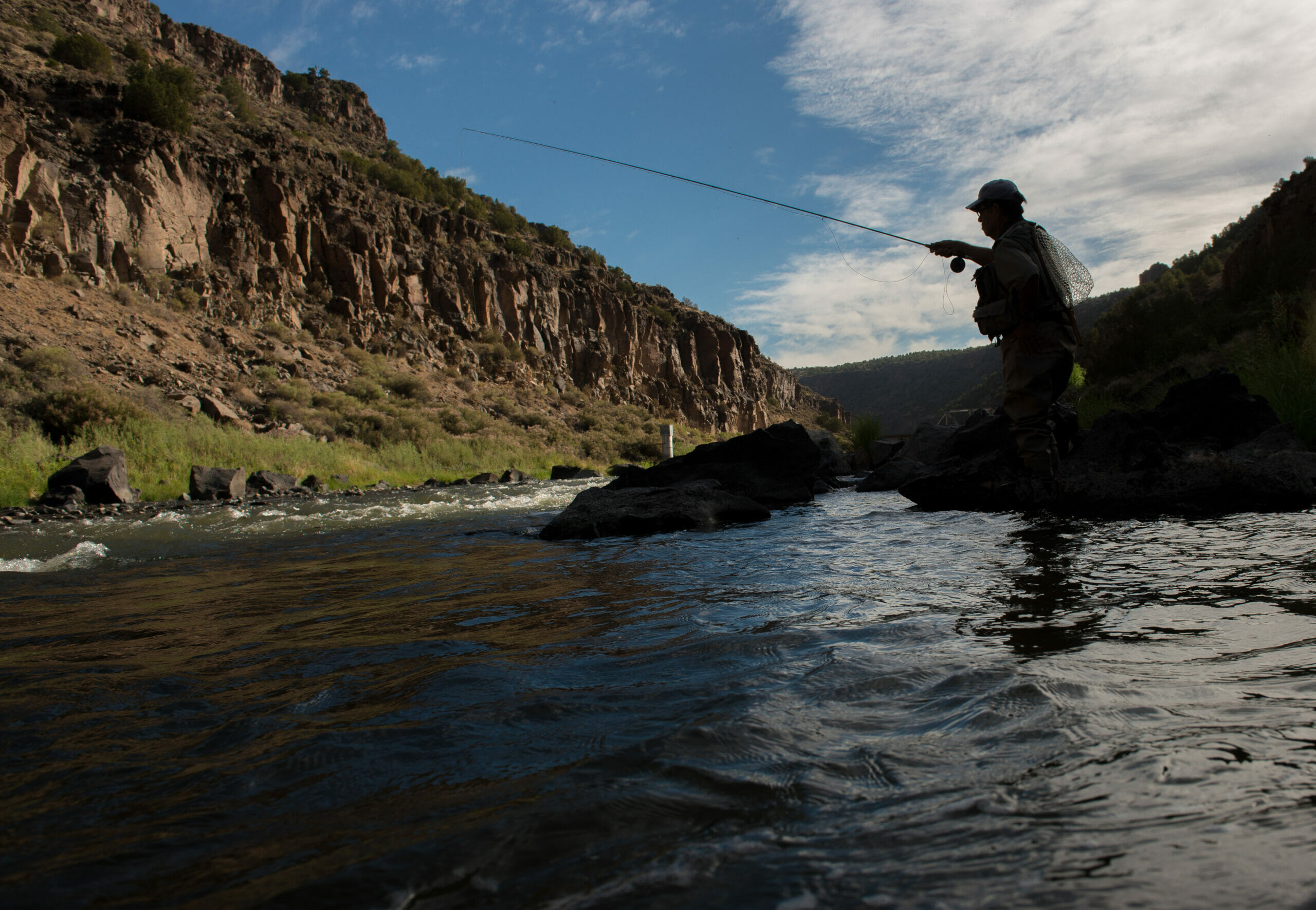
Report evaluates existing national monuments and offers principles for future proposals
Contact:
Drew YoungeDyke, TU, 734-280-8909, drew.youngedyke@tu.org
Katie McKalip, BHA, 406-240-9262, mckalip@backcountryhunters.org
Noah Davis, TRCP, 406-926-3201, ndavis@trcp.org
In a new report, National Monuments: A Hunting and Fishing Perspective, 25 groups and businesses –championed by Trout Unlimited, Backcountry Hunters & Anglers, and the Theodore Roosevelt Conservation Partnership – evaluated hunting and fishing opportunity, as well as the economic impact, of four national monuments. They include Colorado’s Browns Canyon, New Mexico’s Organ Mountains-Desert Peaks and Rio Grande-del Norte, and Montana’s Upper Missouri Breaks.
Sharing stories from sportsmen, sportswomen, and business owners with deep connections to these public lands, the report concludes that national monuments can be a net gain for hunters, anglers and local communities by providing world-class sporting opportunity and creating jobs.
The report offers eight principles to generate meaningful support from hunters, anglers and sporting businesses for the creation and management of national monuments on public lands. These principles include creating monuments that safeguard fish and wildlife habitat, maintain reasonable public access for hunting, fishing and wildlife management, and provide assurance that authority over fish and wildlife populations will be retained by state management agencies.
“The Arkansas River through Browns Canyon National Monument once suffered from acid mine runoff. Since designated a monument in 2015, the entire river corridor is now protected, said Steve Kandell, national campaign director for Trout Unlimited. “This stretch of the Arkansas River is Gold Medal trout water with wild browns and rainbows. The Antiquities Act of 1906 was the right tool for conserving this canyon while supporting a thriving outdoor industry.”
“National monuments play a critical role in the conservation of intact lands and waters that provide quality fish and wildlife habitat,” said John Gale, VP of policy and government relations for Backcountry Hunters & Anglers. “From wild sheep populations to native trout, the principles in this report provide decision-makers and natural resources managers the guidance needed to ensure that fish and wildlife management needs and our hunting and fishing traditions remain integrated in conservation designations.”
Numerous sporting groups and businesses, including Muley Fanatics Foundation, California Waterfowl Association, Orvis, Simms, Argali and First Lite, support the strategy outlined in the report.
“National monuments can further our sporting traditions by providing certainty for habitat conservation,” said Joel Webster, VP of western conservation for the Theodore Roosevelt Conservation Partnership. “We encourage the administration to view this report as a guide to successfully navigate the creation and management of new national monuments for the benefit of American sportsmen and sportswomen.”
“Conserving quality public lands that will be permanently available to sportsmen and -women should be of the utmost importance to any outdoor company,” said Kenton Carruth, co-founder of First Lite, a hunting gear company. “Supporting monument designations that allow hunting and fishing and protect public lands is at the core of First Lite.”
Trout Unlimited is the nation’s oldest and largest coldwater fisheries conservation organization. Our mission is to bring together diverse interests to care for and recover rivers and streams so our children can experience the joy of wild and native trout and salmon. Follow TU on Facebook and Twitter, and visit us online at tu.org.
Backcountry Hunters & Anglers is the sportsmen’s voice for our wild public lands, waters and wildlife.
Learn more about BHA:
Founded in 2002, the TRCP is the largest coalition of conservation organizations in the country, uniting and amplifying the voices of sportsmen and women by convening hunting and fishing groups, conservation organizations, and outdoor businesses to a common purpose.

